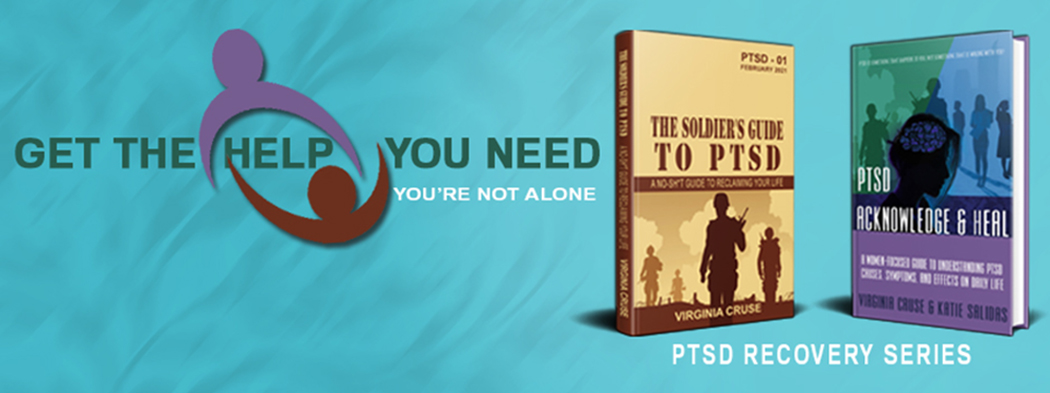Moral distress was first defined by Andrew Jameton in the
1980s. According to Jameton, “Moral distress arises when one knows the right
thing to do, but institutional constraints make it nearly impossible to pursue
the right course of action.”
Moral distress was first recognized among nurses, and the
majority of studies have focused on this population. It is important to note
that moral distress is not solely a nursing problem. This is particularly
prevalent in disaster response situations, where responders are exposed to
unsafe environments, overwhelming workloads, and where existing ethical
guidelines are not equipped to handle the complexity and pressure of a
disaster, and do not adequately address the needs of first responders.
Some examples of first responders' experience that may cause moral distress.
- A Law Enforcement Officer (LEO) for reasons beyond their control, is not able to apprehend a dangerous criminal.
- A fire crew on a hose line might be instructed to evacuate before the primary search team has confirmed whether there are victims in the structure.
- A paramedic might be directed by a supervisor to provide treatment to a patient that goes against their belief on what is medically appropriate.
- An EMS provider who feels a sense of duty to respond and struggles with their moral responsibility to provide care, when a patient denies treatment or transport regardless of medical advice.
The central element in moral distress is the individual’s feeling of powerlessness and their inability to carry out what they believe is ethically right.
External constraints that contribute to moral distress include:
- Power imbalances between members of the healthcare or responder team
- Poor communication between team members
- Pressure to reduce costs
- Fear of legal action
- Lack of administrative support
- Policies that conflict with patient care needs
Moral distress is a significant threat to an individual’s core values, leading to a sense of inner turmoil and damaging their moral integrity. Over time, this distress can accumulate and result in feelings of helplessness, shame, compromised ethical standards, and emotional pain. It can occur in two stages: “initial distress” at the time of the issue and “reactive distress” later on. Even after the reactive stress subsides, it may leave behind a lasting impact known as “moral residue,” which can have a negative cumulative effect on mental well-being. This psychological suffering can also manifest into physical symptoms and contribute to chronic illnesses.
One of the main challenges in addressing moral distress is
identifying it in the first place.
- New or worsening headaches, heart palpitations, & gastric upset
- Lingering anger
- Feelings of guilt or shame
- Withdrawal and depression
If you suspect you may be experiencing moral distress, it is important to identify, assess, and address it. The presence of moral distress is a sign that ethical challenges are not being addressed adequately. It's important for first responders to recognize when their work has begun to take a toll and seek support and professional help. It’s time to drop the stigma. Seeking help is not a sign of weakness, it's a necessary step towards healing and maintaining overall well-being.
*****
“If you believe change is possible, you want to change, and you are willing to do the work, you absolutely CAN get your life back.”
Get your copy of The Soldier's Guide to PTSD, The Soldier's Workbook,





